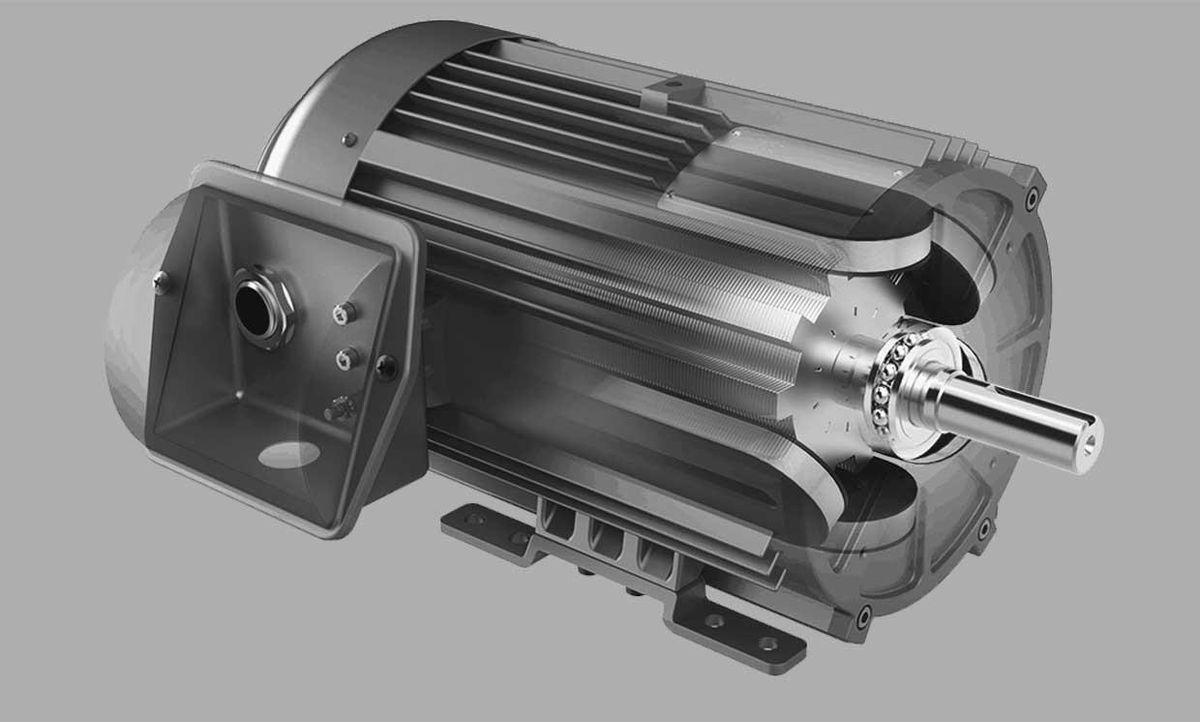Turntide Technologies, a startup backed by Bill Gates and Amazon, originally pitched its new version of an old electric motor for use in rooftop HVAC systems. Now the company is going after bigger game: electric vehicles.
CEO Ryan Morris mentioned the plan in an interview with CNN earlier this month. Now Eric Meyerson, vice president for marketing, is putting a little flesh on those bones. "We are...focusing on commercial vehicles, not consumer passenger cars," he tells IEEE Spectrum. A full announcement is expected in the coming weeks.
In the meantime, it's fun to speculate on where the first automotive motors will show up. Trucks, anyone?
Turntide says its motor's inherent efficiency, together with the adaptiveness of its variable-speed capability, provides average energy savings of 64 percent, enough to pay back a customer's investment in less than three years. Among the dozen or so companies using the motor in rooftop systems are BMW and Amazon.
If anything like such savings can be achieved in other applications, the gains could be astounding. Motors consume more than 40 percent of all the electricity generated in the world.
The switched reluctance motor was invented way back to 1838. Where a conventional motor uses magnetic force to push a moving part—the rotor—this design instead pushes the rotor poles to align with their stationary partners—the stator poles. With the switching of current to each set of windings, the rotor poles are pulled toward whichever stator poles they happen to be approaching.
"Reluctance is the resistance to movement of magnetic flux," says Piyush Desai, the inventor of the motor and a cofounder of Turntide. "It's good and bad, like rolling resistance to your car—you need it for your car to move, but you have to overcome it. You want a little but not too much!"
The design has few parts, and all three phases of the motor are independent, so if one fails you can still run the motor in a limp-home mode. That makes it rugged and reliable, perfect for such mission-critical applications as airline generators, big vehicles used in mining operations, and the cooling towers of nuclear power plants. But the motor never gained wider acceptance because it proved hard to control, and this resulted in a lot of noise and vibration.
Some of Desai's improvements involve sheer mechanics. "I came up with a simple idea: Increase the number of rotor poles," he says. "That gives you more space on the stator for more copper winding." (It can't be done with a small number of rotor poles because those poles must work within stator poles having a certain angular spread, or pole arc.)
The idea worked from the very beginning, but making it practical took a lot of work, mostly in software. Engineers began by putting sensors in the machine to track the movements of the rotor; that way, they could determine just when to turn the switch on or off. The knowledge they gained allowed them to devise a sensorless algorithm.
What would the world do with a cheap motor that needs no exotic material, consumes energy sparingly, requires little maintenance, lasts long, and doesn't make too much noise? It would beat a path to the door of whoever is selling it.
This article was corrected on 19 April 2021. It originally stated that Turntide's motor retained a sensor for diagnostic purpose; it is fully sensorless.
This article appears in the June 2021 print issue as "Will Reluctance Drive EVs' Next Big Move?"
- This Inside-Out Motor for EVs Is Power Dense and (Finally) Practical ... ›
- Wireless Charging Tech to Keep EVs on the Go - IEEE Spectrum ›
- EVs Will Drive A Lithium Supply Crunch - IEEE Spectrum ›
- This Inside-Out Motor for EVs Is Power Dense and (Finally) Practical - IEEE Spectrum ›
- Disruption, Disrupted - IEEE Spectrum ›
Philip E. Ross is a senior editor at IEEE Spectrum. His interests include transportation, energy storage, AI, and the economic aspects of technology. He has a master's degree in international affairs from Columbia University and another, in journalism, from the University of Michigan.



